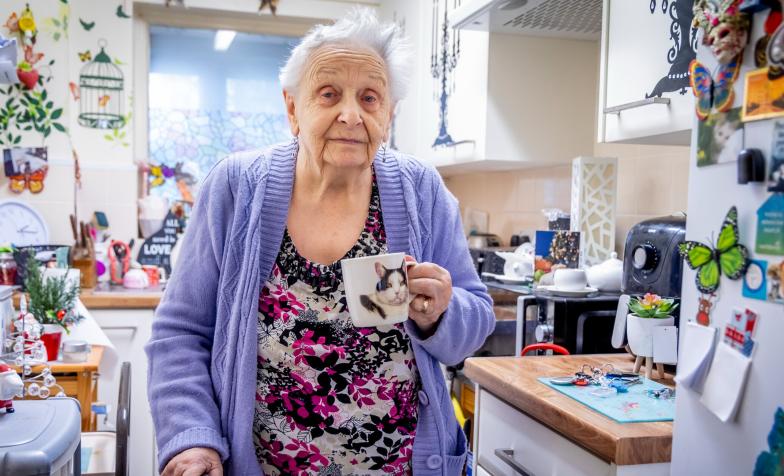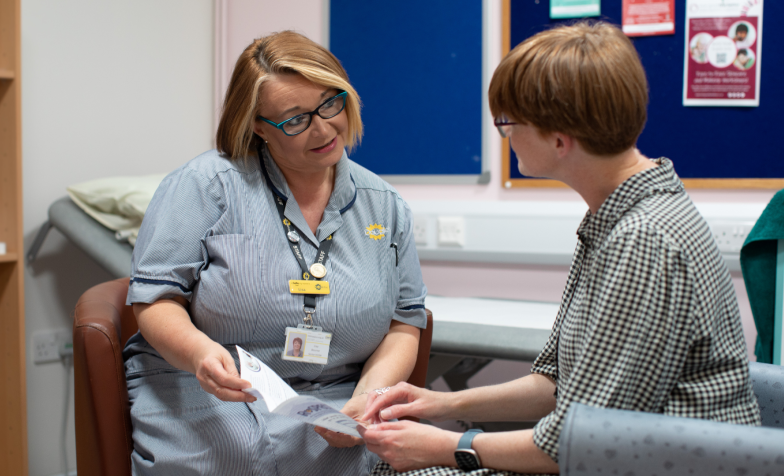
Frailty: identification and assessment

Frailty is a group of symptoms rather than a single disease. It has biological, psychological, and social dimensions.
This means it is important for clinicians to accurately identify and assess each individual’s level of frailty, and determine what care and support they need.
On this page you’ll find tools and resources to help.
Title
What's on this page
How to identify frailty
It is rare that people see themselves as ‘frail’. Instead, they might describe ‘slowing down’ or modifying activities to meet their physical ability.
When you are identifying and assessing frailty, you should avoid reinforcing negative stereotypes of aging and dependency. Focus on what each person can do and what support they need to live well.
Enabling people to live well with frailty requires you to understand each individual, what support networks they already have and what is important to them. It is important to optimise quantity and quality of life.
Carrying out a holistic assessment will help you determine what person-centred care is appropriate.
The nature of frailty means that all individual assessments should be part of an ongoing cycle, not a standalone activity.
'Frailty syndromes' or 'acute presentations'
’Frailty syndromes’, or ‘acute presentations’, are:
- falls
- sudden reduced mobility
- new or accelerated state of confusion (delirium)
- acute change in continence
- sensitivity to a new medication.
These should be regarded as ‘red flags’ for frailty, as they often mean a sudden change in the individual’s physical health function and mental capacity.
Assessment tools
There are a variety of tools that will help you identify frailty at a population and individual level. We have listed some of these below.
The content and views expressed by these organisations do not represent the views of Hospice UK.
Population approach
-
Electronic Frailty Index (eFI) uses routinely collected data from primary care electronic record systems, to identify biological, psychosocial, and social deficits and assess the frailty prevalence in a population.
This is vital for health and social care strategy planning and can help you identify who in your local population may be frail.
However, it cannot be directly applied to an individual.
Individual assessment
-
Clinical Frailty Scale (CFS) is a nine-point scale that summarises an older person’s overall level of fitness or frailty. It provides a baseline which enables professionals to plan someone’s care.
-
Edmonton Frail Scale comprises of nine domains, against which a clinician scores each individual to determine their level of frailty.
-
Gait Speed Test assesses someone’s functional mobility by timing how long it takes them to walk four metres.
-
Proactive Identification Guidance (PIG), developed by the Gold Standards Framework, supports earlier identification of patients nearing the end of their life.
-
PRISMA consists of seven questions that can be self-completed by an individual or completed by a health care professional. A score of greater than three is considered to identify frailty.
-
Supportive and Palliative Care Indicators Tool (SPICTTM) helps clinicians identify people with deteriorating health due to advanced conditions.
-
Timed Up and Go Test (TUGT) measures the time it takes someone to stand up from a standard chair, walk 3 metres, turn, walk back to the chair, and sit down.
An older adult that takes 12 seconds or more to complete the TUGT is said to be at risk of falling. It might not be practical to carry out a TUGT in a home setting.
Image: (c) David Poultney at In-Press Photography Ltd via The Centre for Ageing Better
Further resources

This content was produced in collaboration with the Living and Dying Well Research Group at the University of Surrey.



